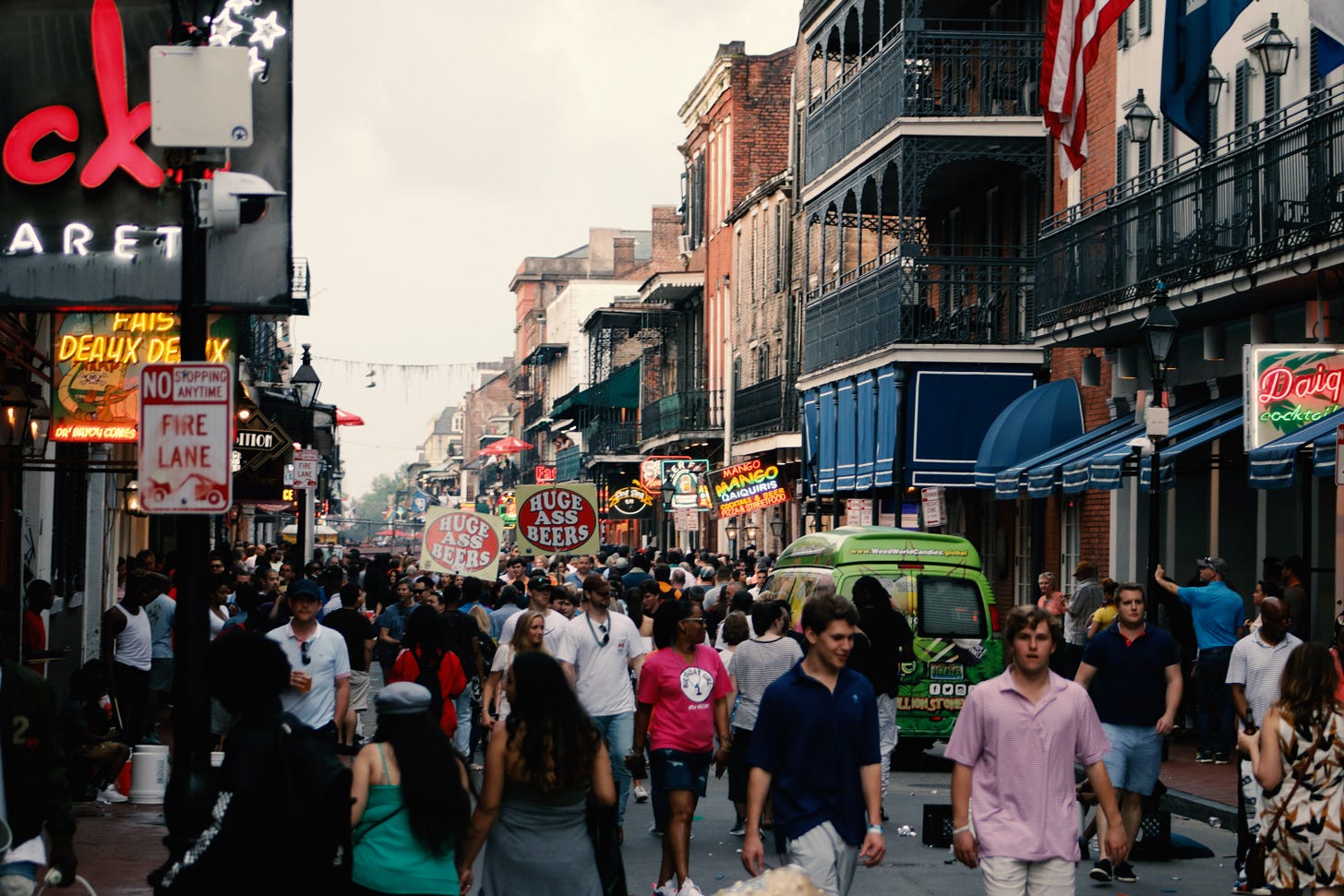How AI Might Impact Crime in Cities
Could AI-powered crime-solving turn cities into safe havens?
New Orleans was counting the days until the next homicide. At 12 days, the city reached a milestone: the longest stretch without a murder since 2020. Though murders are down this year, New Orleans saw 265 homicides in 2022, making it the American city with the most homicides per capita. Now New Orleans is turning to AI to solve – and maybe one day prevent – the violence.
Like most urban police departments, New Orleans is understaffed. And with multiple homicide cases each week, it has a large backlog of unsolved cases. So it decided to partner with a nonprofit and for-profit company to create a team using social media and cell phone data to solve murders. Using machine learning to autogenerate subpoenas for social media and cell phone data, the team is then tasking AI to analyze batches of data and in turn create timelines that match suspects with crime scenes.
New Orleans District Attorney said in a recent interview with the Wall Street Journal about his novel public-private homicide team: “Ten years from now, there won’t be a DA’s office or a police department that does not have some team like this or some partnership or arrangement like this.”
Below I’ll explore:
Why AI might do the work that government budgets previously could not afford
How AI might create automated deterrence like speed cameras
Why lower crime rates are so essential to the welfare of cities





